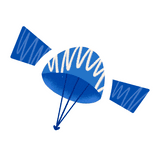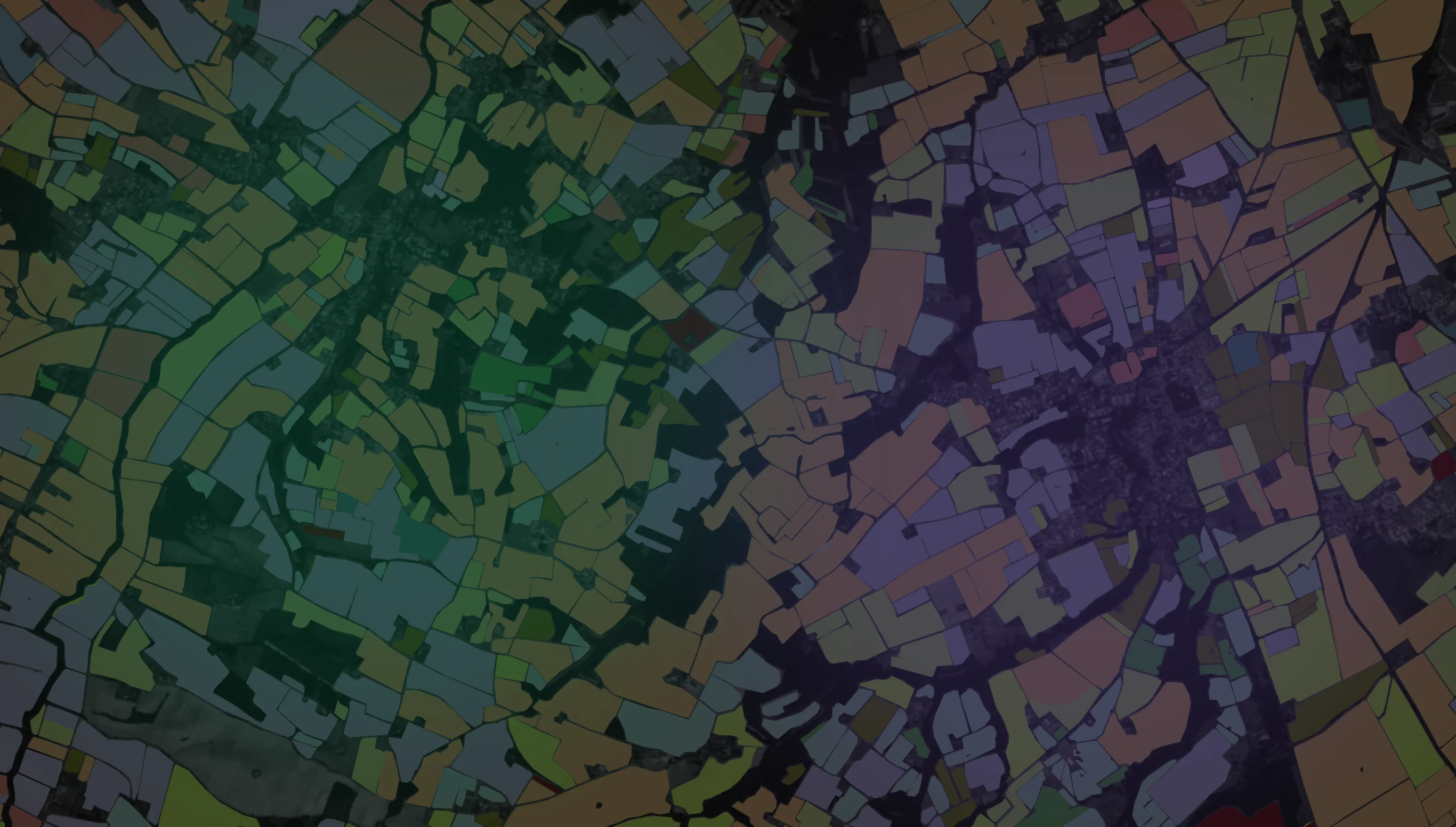
Global Coverage
We’re always working hard to bring new regions like France, Spain, Brazil, US, Australia, Germany and 30+ more.

Predictable Price
We've prepared a convenient system of discounts for increasing the volume of use. More requests - less price.

API-Ready
We provide full access to all our documentation and simple API / Add-ons endpoints for easy integration.
How do we classify all crops?
Crop Classification Model built on the baseline of crop specific yield-data. The alpha version we released in 2019 achieved a 83-87% accuracy based on single-pixel algorithm (Sentinel-1), while our latest model released we reached an accuracy of 92% based on object-based Sentinel-2 algorithm.

Different Crops
Not only major crops like barley, rye, oats and wheat - the more diversity in crop specific data will increase overall accuracy.

Crop Training Data
The Model is built on validated and reliable ground truth data from over 100,000 field level crop seeded data over a 5-year period.

High Accuracy
Our latest model reached 92% due to the increased accuracy of field delineation model and fusion between S2 and S1 data.

Project Based
We work with Crop Classification in the form of projects which fall under specificity levels, with increasing levels of difficulty.
Full Control of Data Delivery
Currently our crop classification product is produced in a project-basis, so it will be pre-processed for the area of interest and then made available through API queries.

Cropped / Non Cropped Land. Based on extensive ground-data, as well as in the growth season;

Specific Crop Categories. Food crops, feed crops, fiber crops, oil crops, and industrial crops;

Specific Crops. Corn, wheat, barley, rice, rye, maize and many more.
Automatic crop classification contributes to sustainable agriculture practices and enhance food security.

Harvesting Optimization
Automatic crop detection can assist in optimizing the harvesting process by accurately determining the ripeness of crops. This ensures optimal timing for harvesting, reducing post-harvest losses and improving the quality of harvested produce.

Crop Insurance
Crop insurance companies can benefit from automatic crop detection technology as it provides accurate and objective data for assessing crop health and yield. This can help ensure accurate claims settlement and fair compensation.
Precision Agriculture
Optimize agricultural practices by providing valuable insights into crop health, growth, and yield estimation -> informed decisions regarding irrigation, fertilizer application, and pest control, leading to increased efficiency and reduced costs.
Disease Detection
Early detection of diseases in crops is crucial for preventing widespread outbreaks and minimizing crop losses. Automatic crop detection can help identify disease symptoms, enabling to take immediate action and implement targeted strategies.

Crop Monitoring and Management
Crop detection technology can continuously monitor fields, detecting changes in crop health, growth, or pest infestations in real-time. This allows for timely intervention, preventing potential crop damage and ensuring maximum productivity.
Common Questions
How accurate is the current model?
Our latest model achieved an impressive 92% accuracy, thanks to our high-quality delineated field boundaries and deep resolution imagery, as well as our unsupervised classification approach and the use of ground truth data only in the final steps of our workflow.
What determines the accuracy of our crop classification model?
Do we update our models?
How many crops can we detect?
How long would it take to classify another crop?
Do we have any restrictions on field size?
Technical Partners That Believe In Us













